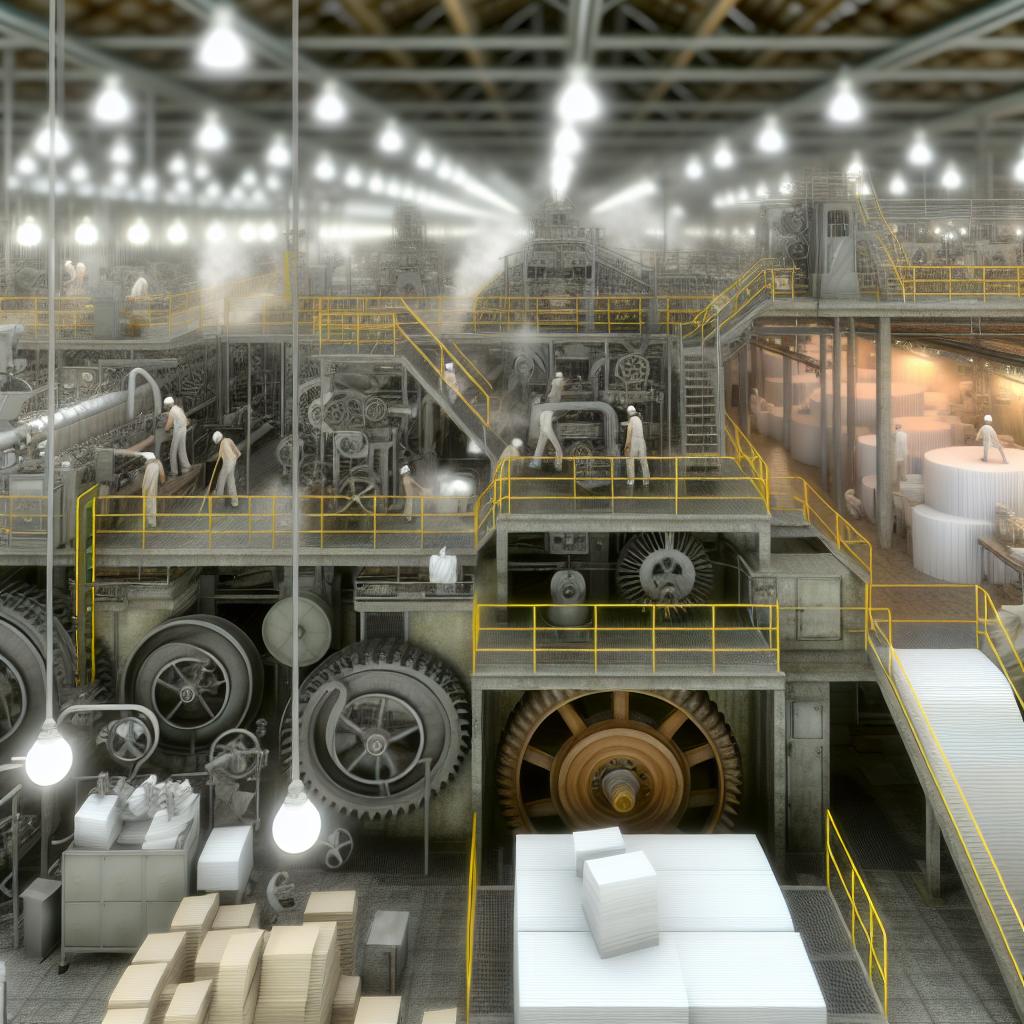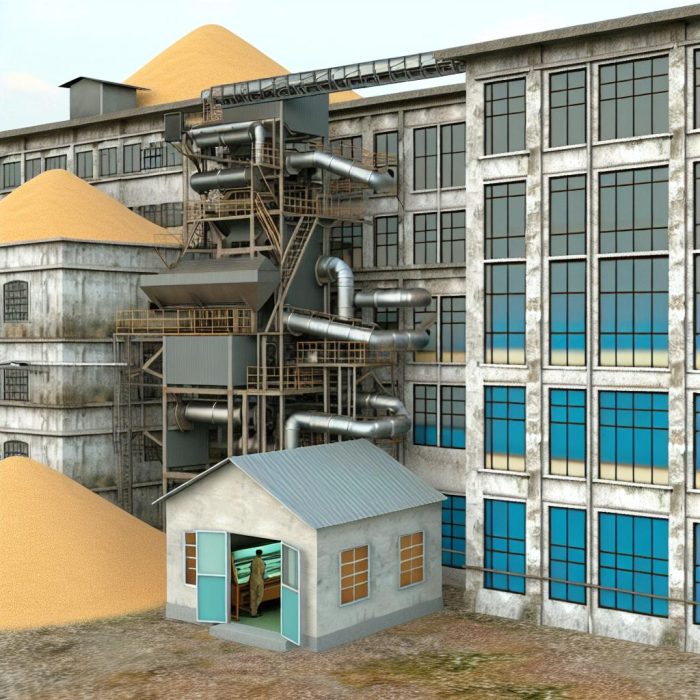Overview of Paper Mills
Paper mills play an integral role in the modern industrial landscape. These complex facilities are responsible for transforming raw materials, particularly wood pulp, into usable paper products, which support numerous sectors like publishing, packaging, and education worldwide. Understanding the operation and significance of paper mills offers insights into a critical component of the global supply chain.
Raw Materials in Paper Production
The foundational element in paper production is wood pulp, primarily obtained from hardwood and softwood trees. This pulp is created through processes that break down the structural components of wood, allowing fibers to be formed into paper. However, wood is not the sole resource; alternative fibers such as recycled paper, bamboo, and straw are increasingly utilized to create environmentally friendly paper products.
Wood Pulp Types
The production of paper involves different types of wood pulp, each selected based on the desired characteristics of the finished paper product:
- Chemical Pulp: Utilizing chemical processes like kraft and sulfite pulping, lignin – an organic polymer acting as a binder in plant cell walls – is dissolved, allowing fibers to be separated. This method produces a high-quality pulp suitable for fine paper.
- Mechanical Pulp: This approach physically grinds wood, retaining higher lignin content, which results in stronger paper. This type is typically used for products where strength is more valued over brightness and softness, such as in newsprint.
Paper Mill Operations
Paper mills are characterized by a series of operations that meticulously transform raw materials into finished paper. Understanding these steps underscores the complexity involved in producing the ubiquitous commodity of paper.
Pulping
The initial phase in paper mill operations is pulping. This stage involves converting raw materials into a fiber slurry, setting the foundation for the subsequent processes. Whether utilizing chemical, mechanical, or combined methods, pulping determines much of the paper’s final qualities.
Screening and Cleaning
After pulping, the slurry undergoes screening and cleaning. This important phase ensures the removal of any impurities, producing a cleaner pulp that is suitable for forming paper. Advanced screening technology is critical at this stage to guarantee high-quality output.
Papermaking
Following screening, papermaking begins by spreading the cleaned slurry onto moving screens to form sheets. These sheets are subsequently pressed and dried to eliminate excess moisture. Precision at this stage is vital to achieving paper with consistent thickness and properties.
Finishing
The final operation in a paper mill is finishing. This includes coating, calendering, which smoothens the paper, and cutting the sheets into the required sizes. These finishing touches help fulfill the specific needs of different markets and applications.
Environmental Considerations
Paper mills are often scrutinized for their environmental impact, given their reliance on natural resources and the potential for pollutant generation. In response, many mills are turning to sustainable practices:
- Utilizing recycled fibers as a core material.
- Implementing energy-efficient processes to reduce the mill’s carbon footprint.
- Minimizing water usage and waste production wherever possible.
For further details on such sustainable practices, one can refer to organizations dedicated to environmental advocacy, such as the World Wildlife Fund, which provide comprehensive guidelines and resources.
Economic Impact
Paper mills contribute significantly to economic vitality through various channels.
Employment and Production
Paper mills are significant employment hubs, providing numerous job opportunities across diverse communities where they operate. They play a pivotal role in the smooth functioning of industries dependent on paper products, thus ensuring continued growth and stability.
Export Activities
As export powerhouses, paper mills contribute to international trade, reinforcing the economic fabric by providing essential goods required by numerous industries worldwide. Their activities bolster foreign exchange reserves and enhance economic relationships across borders.
Challenges and Innovations
The paper industry is not without its challenges. The rise of digital media has seen demand for traditional paper products diminish, while environmental regulations grow stricter. In this climate, innovation is key to survival.
- Development of new products like biodegradable packaging is imperative. These offer sustainable alternatives to traditional plastics.
- Innovative manufacturing technologies are increasingly adopted to boost efficiency and reduce waste.
The goal is to adapt to the changing landscape while maintaining economic viability and minimizing environmental impact.
Future Outlook
Advancements in technology and a global shift toward sustainability will undeniably influence the future trajectory of paper mills.
Technological Advancements
Technological innovations will continue to streamline production processes, reducing costs, and increasing product quality. These advancements promise to maintain the paper industry’s relevance in a rapidly evolving world.
Sustainability Practices
A focus on sustainability will be paramount. Paper mills that embrace eco-friendly practices not only help the environment but often benefit from consumer support and government incentives. This shift may involve diversifying product offerings and investing in sustainable research and development.
To gain deeper insights into current trends and innovations in the paper production sector, industry reports and journals offer extensive and detailed information. Such resources are invaluable to anyone interested in understanding the nuances of the paper industry and its evolving role in a sustainable future.



